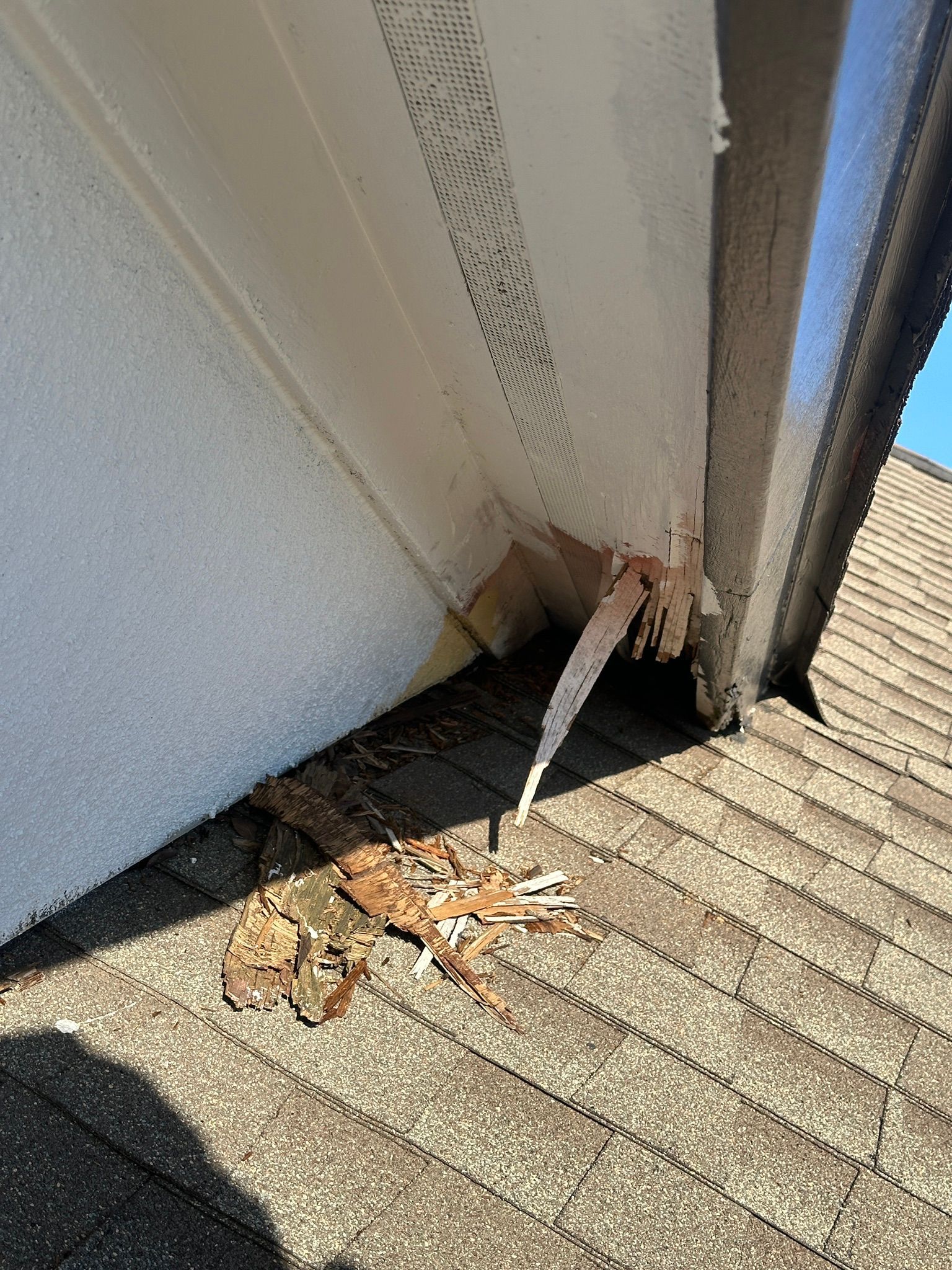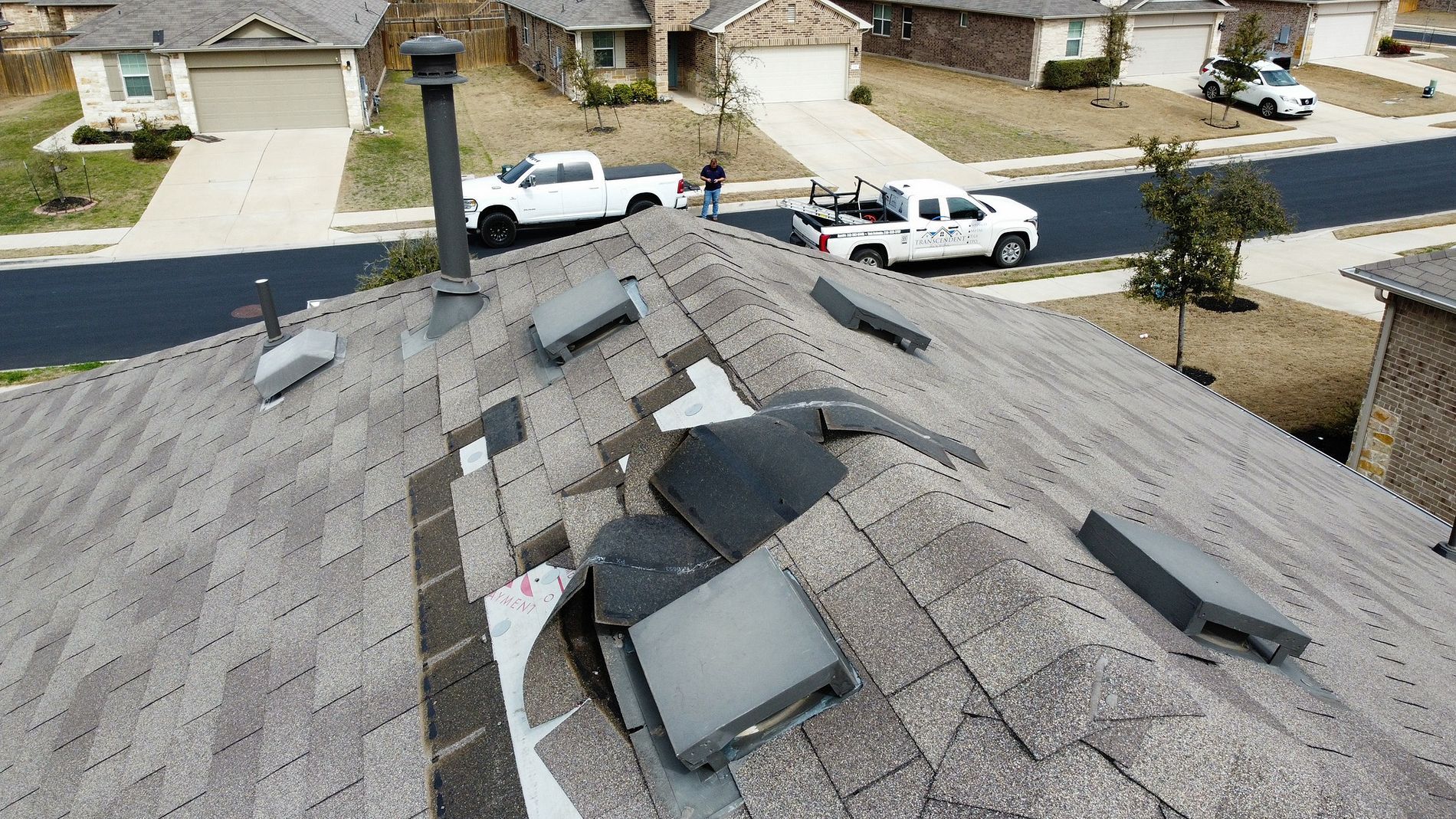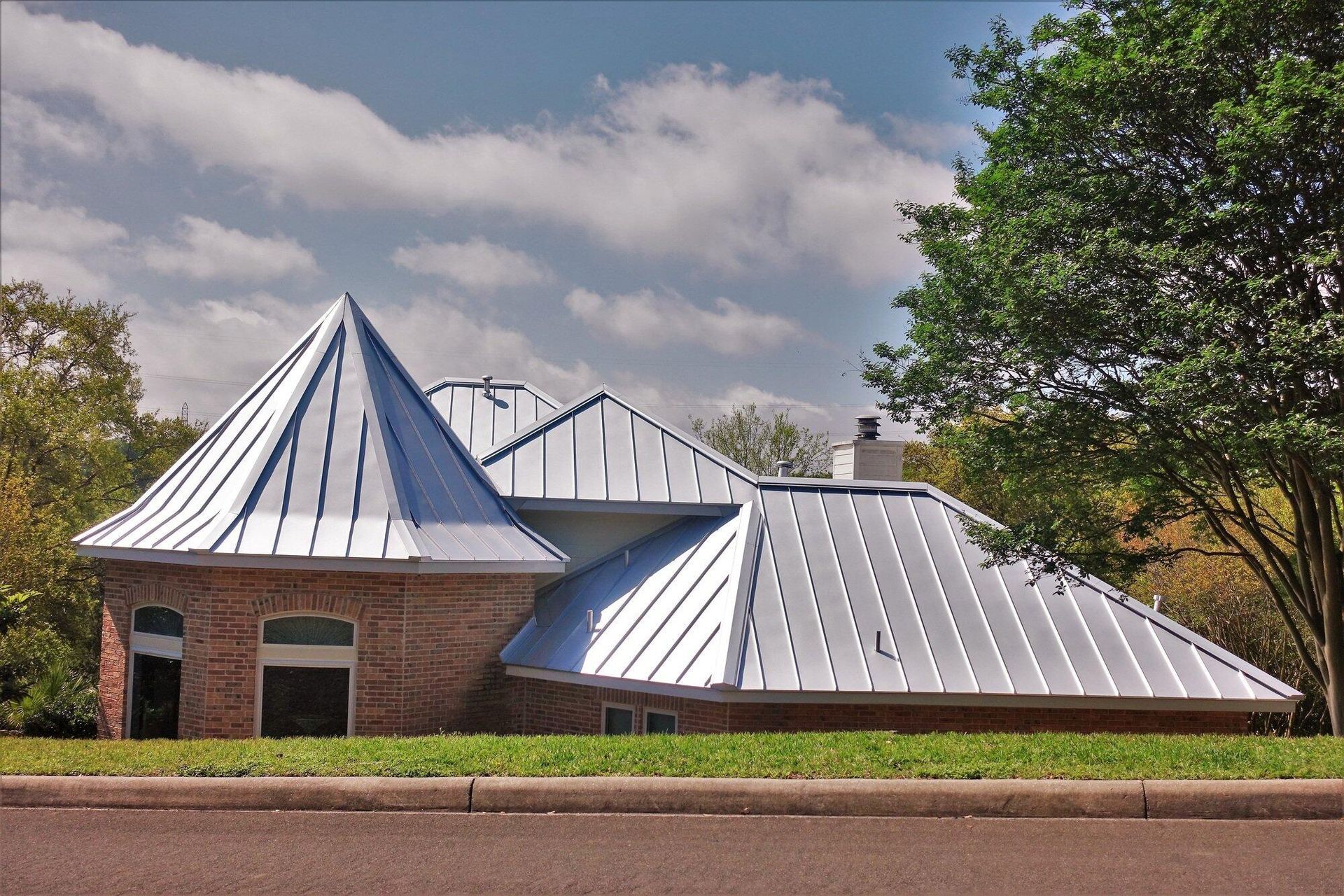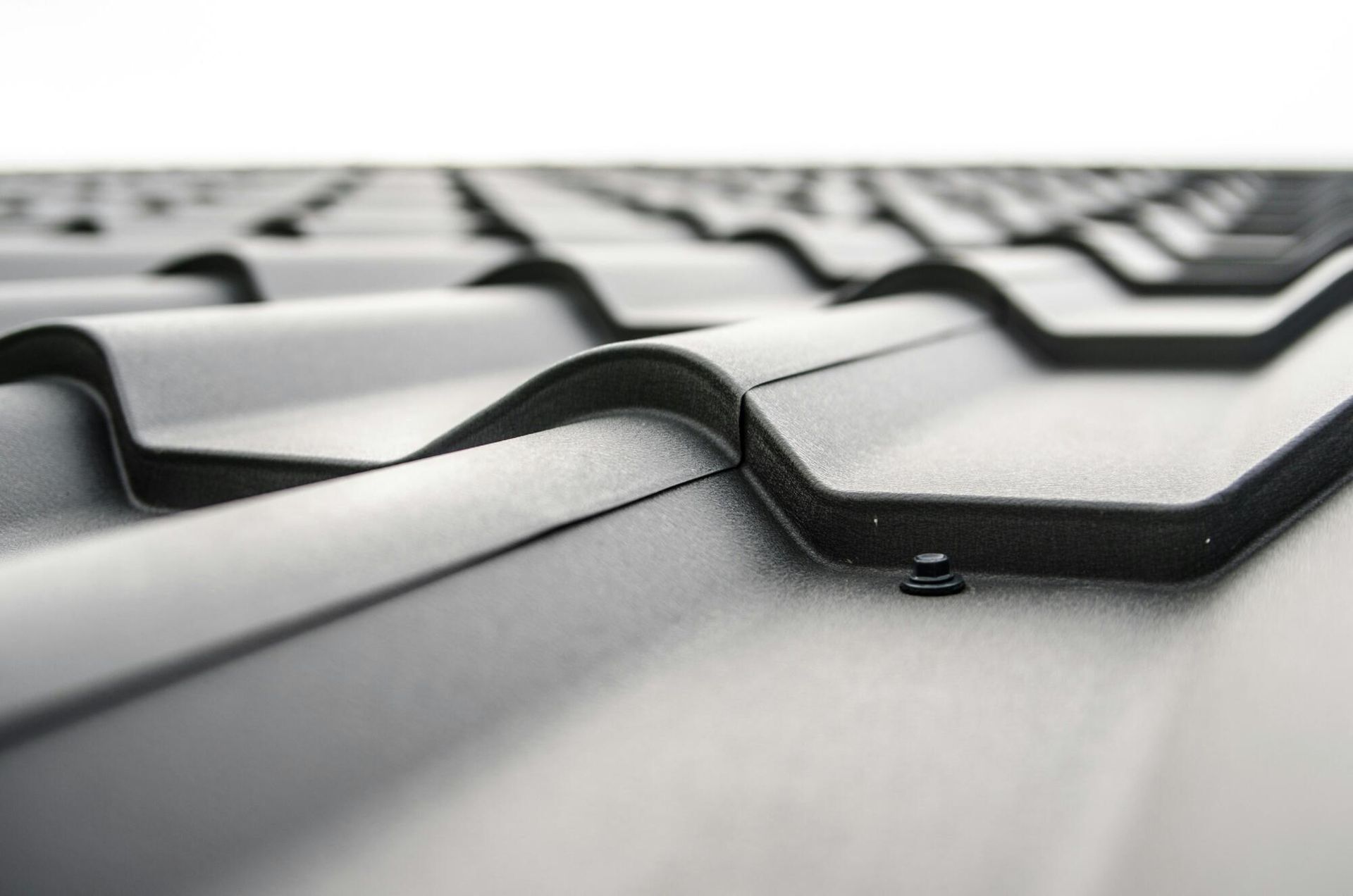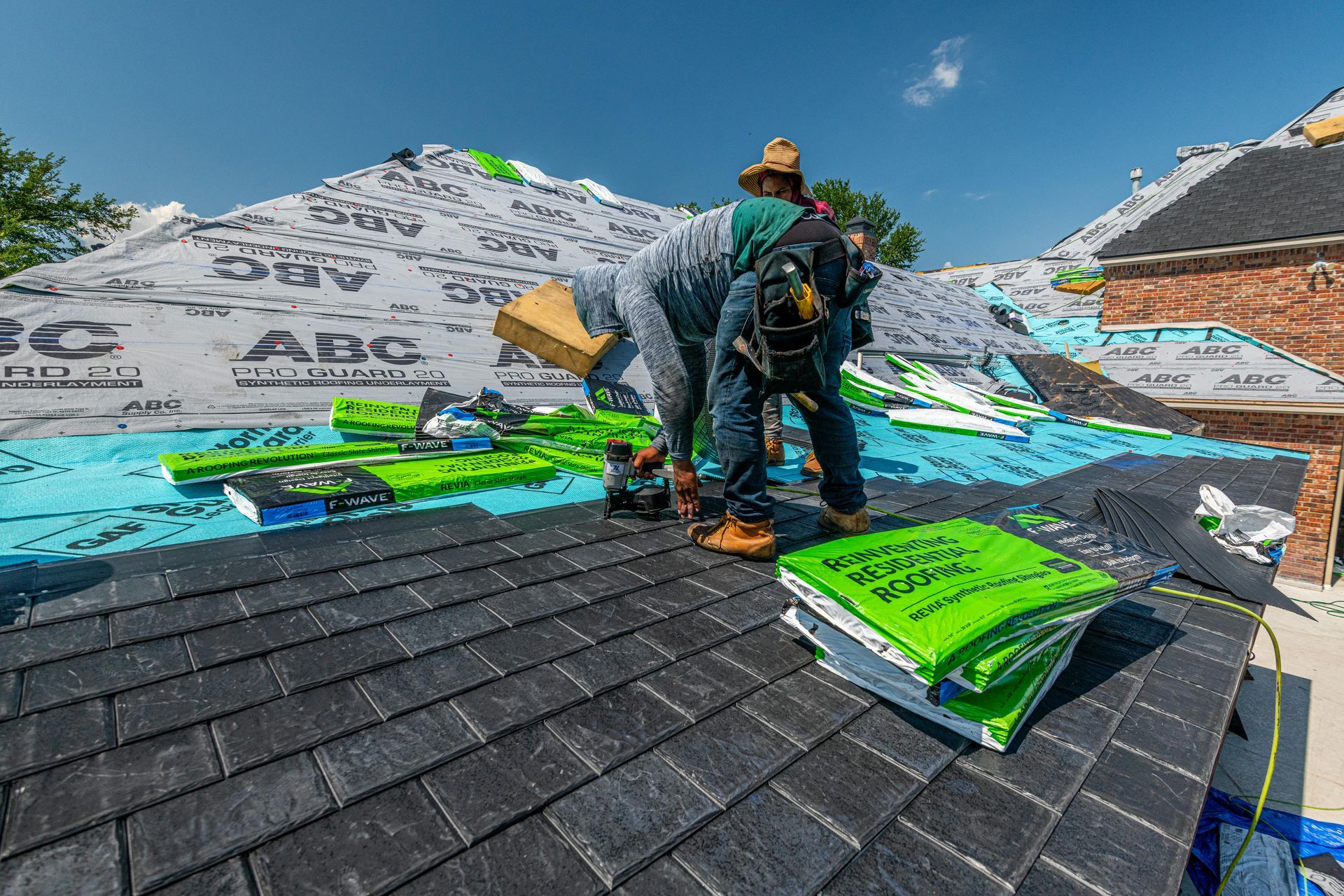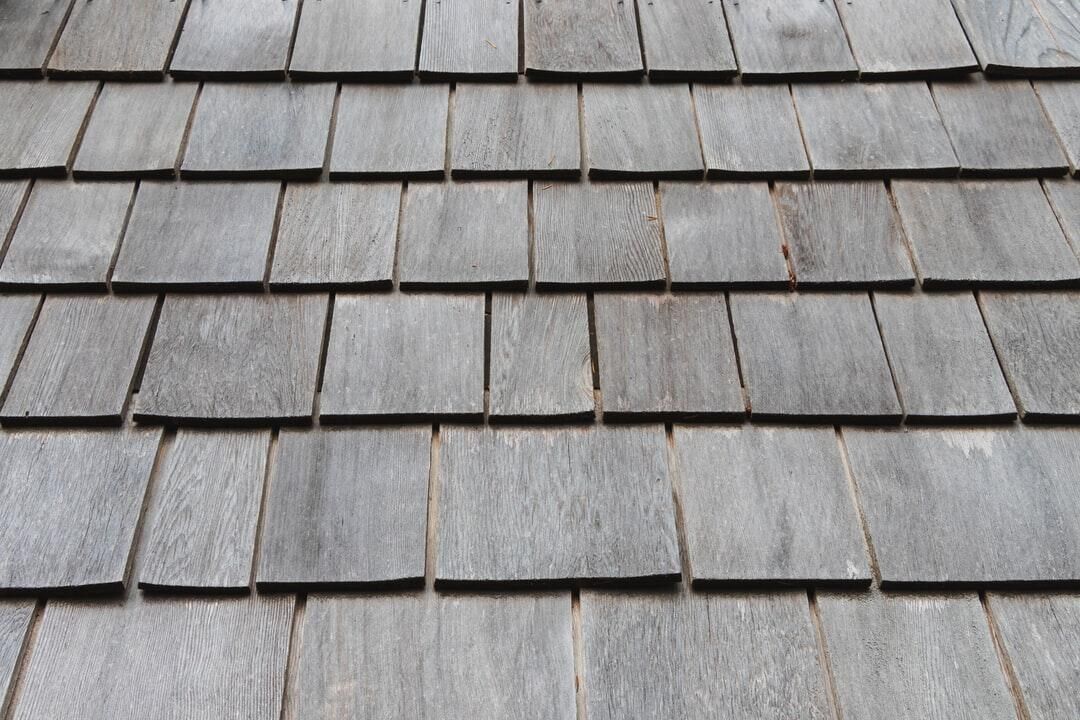Anatomy of a Roof: Roof Flashing
When it comes to protecting your home from water damage, roof flashing is one of the smallest yet most important parts of your roofing system. While shingles and underlayment do the heavy lifting against rain and wind, flashing is what keeps water from sneaking in through the cracks — especially around roof penetrations and edges.

What Is Roof Flashing?
Roof flashing is a thin layer of metal—usually aluminum, copper, or galvanized steel—installed in critical areas of your roof to direct water away from vulnerable spots. You’ll find it around chimneys, vents, skylights, valleys, and where the roof meets vertical walls.
Its job? Guide water safely down the roof and into your gutters instead of letting it find a way inside. Without properly installed flashing, even a new roof can leak during heavy rain.
Types of Roof Flashing
There’s no one-size-fits-all when it comes to flashing. Different areas of your roof require specific types:
- Step Flashing: Used where the roof meets a wall, such as around dormers or sidewalls. It overlaps each shingle “step” to ensure water flows away safely.
- Valley Flashing: Placed where two roof slopes meet (the valley). This type directs rainwater down the channel and off your roof efficiently.
- Chimney Flashing: A combination of step flashing and counter flashing that seals the base and sides of your chimney.
- Drip Edge Flashing: Installed along roof edges to guide water into gutters and prevent rot along the fascia boards.
- Vent Pipe Flashing: Surrounds pipes and vents that penetrate your roof, sealing the area to block leaks.
Why Roof Flashing Matters
Think of flashing as your roof’s
defense line against water intrusion. Even the toughest shingles can’t keep water out if flashing fails.
Proper flashing installation and maintenance:
✅ Prevents costly interior leaks
✅ Protects roof decking and framing from rot
✅ Extends the lifespan of your roof system
That’s why professional installation and regular inspection are key — a small piece of flashing can prevent major damage.
Wrapping Up
Roof flashing may not be the first thing you notice, but it’s one of the most important barriers protecting your home from the elements.
Stay tuned for Part 5 of our “Anatomy of a Roof” series, where we’ll take a closer look at roof valleys — how they channel rainwater safely off your roof and why proper installation makes all the difference.
Schedule an appointment today
📞 512-629-4949
🌐
https://live.vcita.com/site/austinroofingandconstruction/online-scheduling

